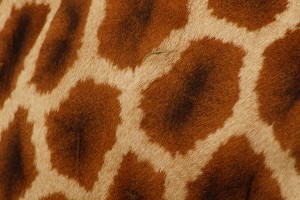Tibetans evolved to cope with UV
Study identifies seven new loci associated with high-altitude living.
Tibetan populations have evolved at least nine specific genetic variants to help them survive the extreme conditions of the Tibetan Plateau. Living permanently at over 4,000 m above sea level, these populations have been coping for millennia with 40% less oxygen and 30% stronger UV radiation, as well as exposure and limited food.

